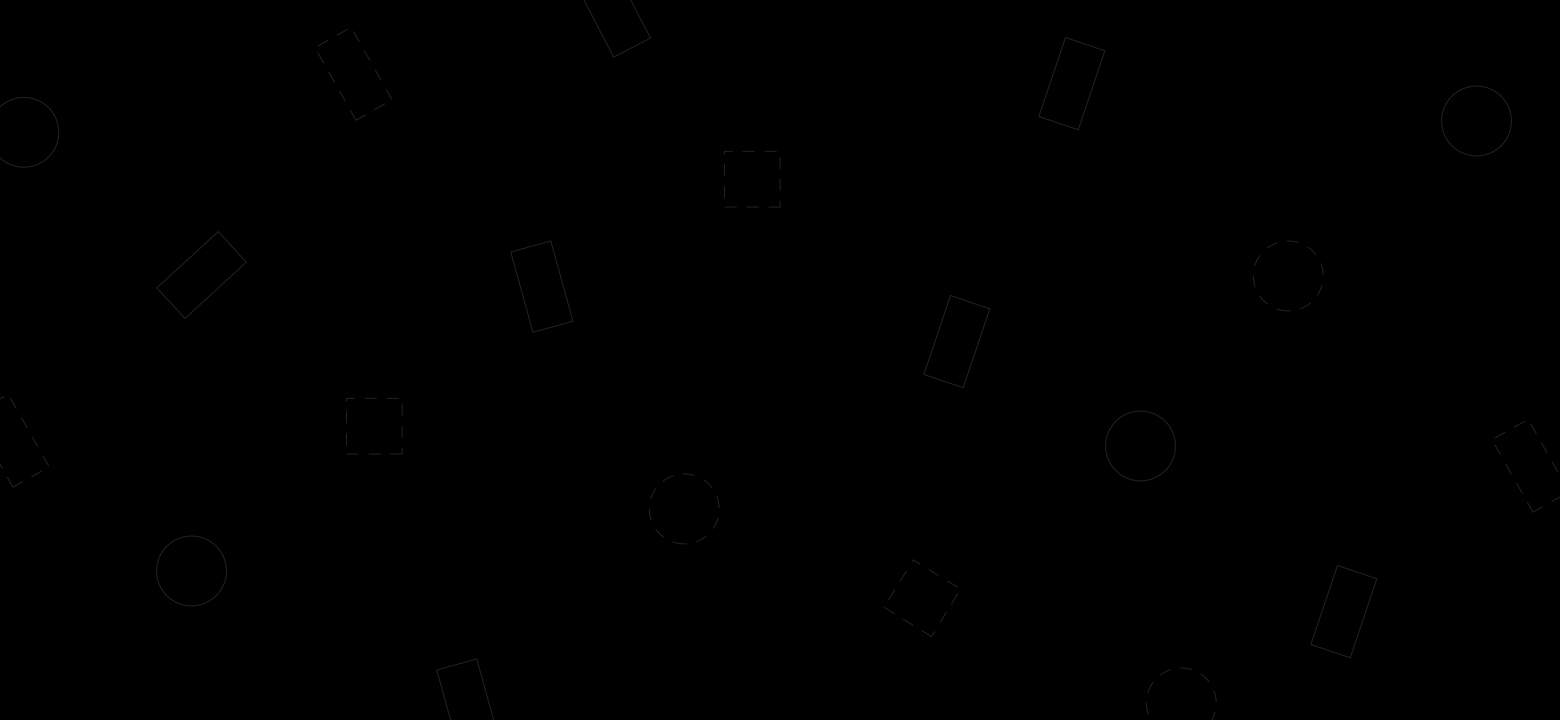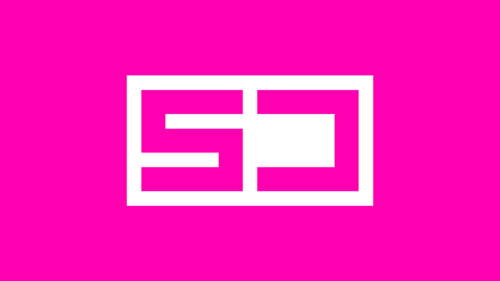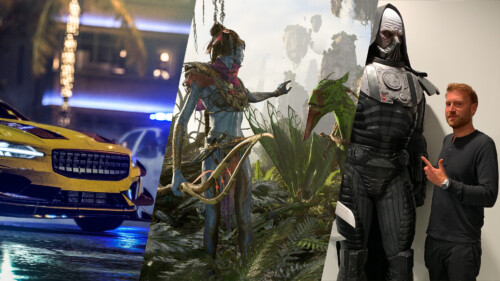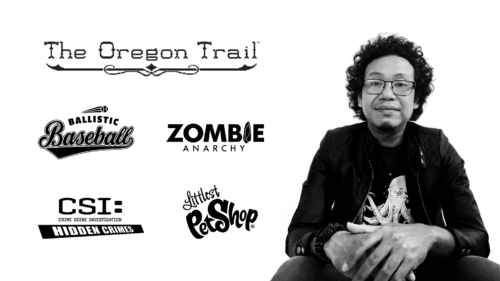Interview with Ostap Dovbush
Senior Game Designer at Ubisoft


Hi, my name is Ostap Dovbush, I’m a Senior Game Designer in Ubisoft Kyiv, and I have been working in the industry for more than 10 years.
How did you start in the industry?
I was interested in video games back in my childhood, when I visited my father, working in the University, and played some 90-th games on the computers in the laboratory. At home, during party cardboard games sessions it was common for me to take the assets, rotate the board and cards and create my own rules for it. Also I used to be the one who came up with game ideas when we played in the yard outside, depending on how many players and ‘ingredients’ we had at our disposal.
I started creating computer games with my friend at the end of 2000-th. It was the era of Flash games, so we created them in 1-2 month and then sold on Flash Game License platform to the highest bidder. After several games were sold we signed a 2-year contract with a Publisher and then created a series of simple puzzle games Penguin Slice, which at that time had around 70+ mln of sessions played. I crafted around 1000 levels for these games, ~200 out of which actually landed in the builds.
What are your responsibilities at Ubisoft?
To make it simple, my main responsibilities are: coming up with the ideas for new features, pitching to the team, documenting them, aligning with approvers, kicking them off to the team and then supporting during the development.
Game Designer is responsible for keeping the feature documentation in the most comprehensive and up-to-date state, and it’s common that some tweaks can be made due to intermediate results or playtest feedback. Main goal of the feature is to correspond to the set quality bar and be fun for the players. This requires a lot of collaboration and communication between different job families, and the documentation helps streamline this process.
What is the favorite part of your job and what is the hardest part of your job?
The most fun part is when you start working on a completely new type of mechanic or a feature, when you have a lot of room to experiment and try to find the most elegant solution. This period of creativity, when you try to come up with the answer that will satisfy all the different criterias from fun aspects to cost and budget, is the most satisfying one.
The hardest time comes when your suffered explication breaks on the cliffs of some tech limitations that were completely out of your skope of view and that you didn’t consider as a blocker at all. At that very moment it’s up to you to come up with a quick fix, that will still do the job and don’t harm other important parts of production, which are time and budget, and will still be well perceived by players.
Where do you get your motivation and inspiration?
Every week I’m aiming to play at least one new game. It can be either AAA blockbuster hit that just landed on the market, a small indie game with cool and fresh game mechanics or a multiplayer service where I observe the reaction of its audience on constant updates provided by the developers.
I try to always catch up with the industry and spot both major and minor shifts in trends and perceptions of the ways of how and what players like or interact with in games in general. AAA games nowadays are so big and involve so many aspects, so it’s really crucial to deliver top notch experience in every detail in order to correspond to the desired rank of quality.
What does the workflow look like for a Senior Game Designer in a large studio?
Usually Game Designer doesn’t come up with the vision of the game in general and the feature in particular. It’s up to Game Directors to shape up how the game should look like and feel, and what are the requirements for the particular feature. They provide the general direction and then we come up with the solutions for their vision and add all the tiny details into it.
Sometimes I feel myself as a planetary engineer in the Star Wars franchise — I don’t set the rules of the universe, but I can create the whole planet in it with its climate, inhabitants, trading routes and internal conflicts. And later all other planets from fellow Game Designers should naturally fit into this beautiful, believable and vibrant galaxy.
What do you do when you get stuck?
We have a very good ecosystem of knowledge sharing within the company.It starts on a low level, where you can always ask for advice from any of your colleagues.
We have internal studio Game Design Sync bi-weekly meetings, where people from different projects share their current scope of work and can easily ask for help when they are stuck (it happens all the time, and usually few ad-hoc answers are provided right away or someone may come up to you later with more thought-through solution).
There are also area-of-work syncs on a company level, where people share their results on more dedicated subjects, such as UX, Accessibility, Combat mechanic, Localization, Live Support and others. We have around 50 company internal dedicated knowledge resources that cover many production aspects and provide great overview of the industry, both on macro and micro levels of details.
Of all the projects you/your company have produced, which one are you the most proud of?
I shipped more than 20 games on various platforms – Flash, Web, Mobile, PC, Consoles. But my heart lies for two particular projects.
First one is a puzzle game called Find The Line.

We came up with the idea of the game during the New Year party celebration. First prototypes were created with a mixture of Adobe Illustrator and 3D Max without any programmer’s help.
First demo contained 20 different variations of the main mechanic and was approved by a publisher on the same day we showcased the demo.This is the example of the games I like and admire — absolutely unique mechanics with a beautiful artistic wrap up.
The second one is the game that I worked on when I first joined Ubisoft — it’s called Trials Rising. I was not familiar with this game and fell in love with it during the development. It’s a game that has one of the most passionate and loyal communities and is always ready to help the developers under any circumstances. We had regular on-site workshops with 20 community representatives from around the world every 6 month and carefully listened to their feedback and optations all the time. I haven’t observed such a tense collaboration with the community anywhere in the industry, maybe that’s because Trials is a very UGC-oriented brand.
Btw the game trailer was shot in Kyiv by Australian crew.
Do you want to highlight something from the project? any anecdotes/story behind?
First one is the anecdote from my current project – Watch Dogs. We have a SWAT-vehicle, where there are 4 humans and a dog inside. Due to a bug it was possible for a dog to spawn on a driver’s seat. Programmer fixed a bug with a comment ‘Dog can no longer drive a car’. I believe it was a missed opportunity for the brand…
Second one is a story about how me and the Art Director accidently changed the whole menu UI/UX. One Saturday we met at the office, each one came with a non-project related business. I was doing my stuff, he was doing his, we showcased to each other what we were working on — and out of that came an idea that we should re-do the whole game menu with this approach. The next Monday we shared the common vision to the Game Director and in a few days a big chunk of the team was already working on re-design. It cost a lot of time and effort, but at the end it made the product and the experience better for the players.
Do you have any advice you wish you’d received when getting started?
I always knew that it won’t be easy and it won’t be fast. Key skills are a working-hard attitude, perseverance and the ability to listen and react to feedback.
There may be a common delusion that only the Game Designer has a right to ‘design’, but that’s totally not true. In fact many great ideas and solutions came up from various persons or job families on the project. Your goal is to carefully listen to the ideas and feedback, pass them through your own experience filter and try to be the advocate for the best ones to actually land in the shipped game.
You also have to really love what you do and always be interested in discovering and learning something new. There are no stone-crafted truths in the industry and you can always come up with something that will be appreciated by millions of players.
Also don’t forget that you are a team player. “If you want to go fast, go alone. If you want to go far, go together”.
What’s your point of view on the future of gaming?
Game industry is here to stay for a long time with us.
Video games came up not more than 50 years ago, but the progress that the industry made since then is tremendous. We see whole new genres to appear about every five years. Existing genres are evolving and fused together all the time.
Now it’s much easier to start up in the industry, than it was before. Knowledge sharing, communities and passionate player base is growing from year to year.
I’m eager to see what new types of entertainment we will encounter in the future.
I’m really happy that more and more people can call themselves a gamer, and it totally doesn’t matter which type of device and input controller they are holding in their hands.
And I’m waiting for someone to come up with a ‘Holy Grail of Gaming’ — the UGC story-driven experience. A game where the core game loop would be for players to create quests and story arcs for others, so it doesn’t harm the general ecosystem but rather enhances it.
















